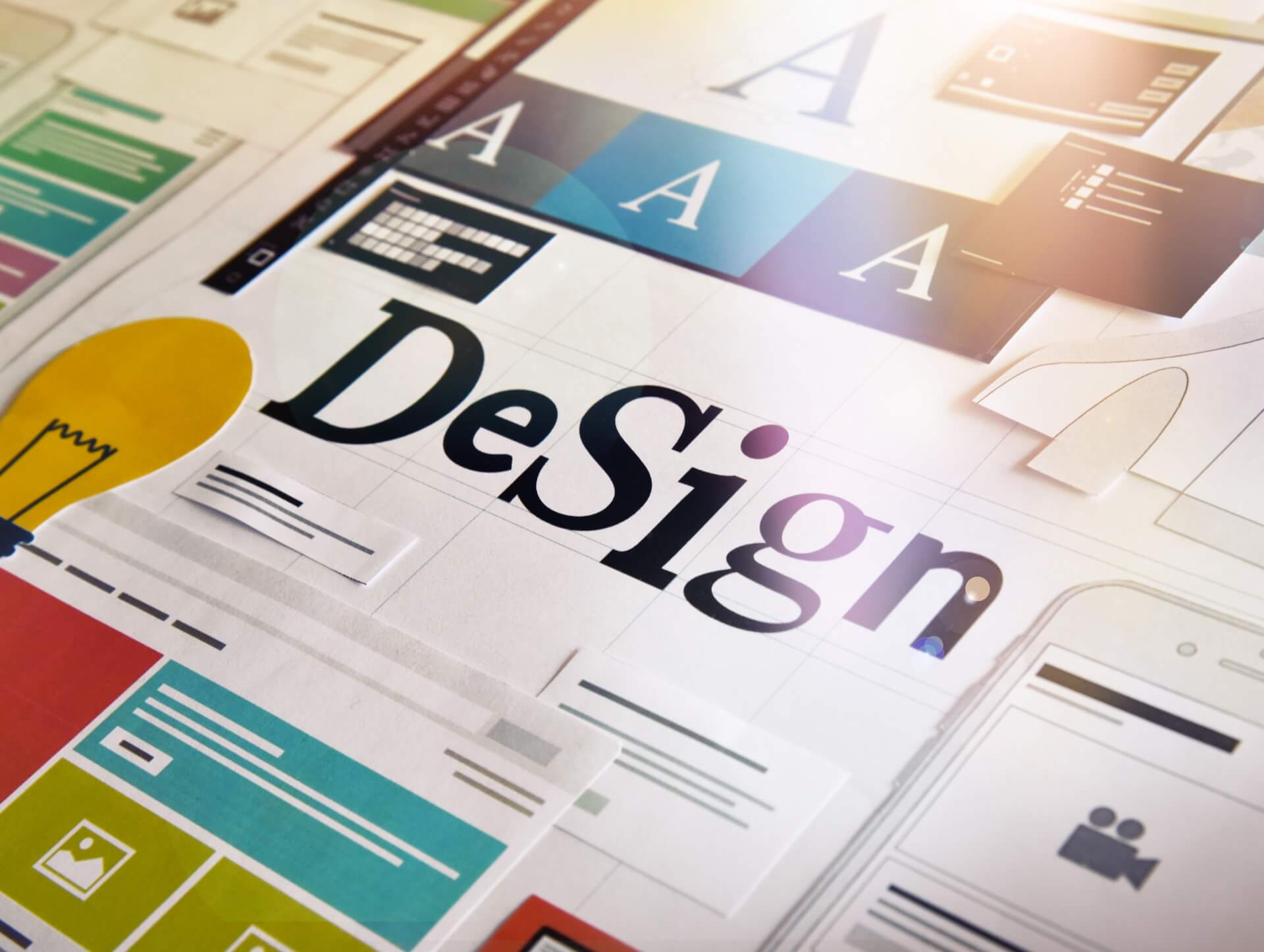The evolution of graphic design: From print to digital

26/08/2023
The Beginnings of Graphic Design
Graphic design has a rich history that dates back centuries. Its roots can be traced back to the early civilizations where symbols and signs were used to communicate messages. However, it wasn't until the invention of the printing press in the 15th century that graphic design as we know it today began to take shape.
With the ability to mass-produce texts and images, the printing press revolutionized the way information was disseminated. It allowed for the creation of books, newspapers, and other printed materials, giving rise to the need for skilled designers to arrange type and images in visually pleasing and effective ways.
The Rise of Print Design
As the printing press became more widely available, the demand for printed materials grew exponentially. This led to the emergence of print design as a profession, with designers specializing in creating layouts for books, posters, advertisements, and more.
During this time, design principles such as balance, hierarchy, and typography began to take shape. Designers experimented with different typefaces, layouts, and color combinations to create visually appealing and impactful designs.
The Advent of Digital Design
The digital revolution of the late 20th century brought about a significant shift in the field of graphic design. With the invention of computers and the development of design software, designers gained new tools and techniques to create and manipulate visuals.
One of the most significant advancements in digital design was the introduction of desktop publishing software. This allowed designers to create layouts and designs directly on a computer, eliminating the need for manual typesetting and paste-up.
With the rise of the internet in the 1990s, graphic design took another leap forward. Designers now had to consider factors such as screen resolutions, web-safe colors, and user experience when creating designs for websites and other digital platforms.
The Evolution of Design Tools
As technology continued to advance, so did the tools available to graphic designers. Programs like Adobe Photoshop, Illustrator, and InDesign became industry standards, providing designers with a wide range of capabilities and possibilities.
These tools allowed for greater precision, flexibility, and creativity in design. Designers could now easily manipulate and combine images, create complex vector graphics, and experiment with various visual effects.
The Impact of Social Media
In recent years, the rise of social media platforms has had a profound impact on the field of graphic design. With millions of users consuming content on platforms like Instagram, Facebook, and Twitter, designers have had to adapt their designs to be more visually engaging and shareable.
Designers now have to consider factors such as image dimensions, aspect ratios, and attention-grabbing visuals in order to stand out in users' feeds. Additionally, the need for consistent branding across various social media platforms has become crucial for businesses and organizations.
The Future of Graphic Design
As technology continues to evolve, so will the field of graphic design. Virtual reality, augmented reality, and artificial intelligence are just a few of the emerging technologies that will likely shape the future of design.
Designers will need to adapt to these new technologies and find innovative ways to create immersive and interactive visual experiences. They will also need to stay updated on the latest design trends and tools to remain competitive in the industry.
Conclusion
The evolution of graphic design from print to digital has been a fascinating journey. From the early days of print design to the digital revolution and the impact of social media, designers have continuously adapted and embraced new technologies to create visually stunning and effective designs.
As we look towards the future, it's clear that graphic design will continue to evolve and push boundaries. Whether it's through virtual reality, augmented reality, or other emerging technologies, designers will play a vital role in shaping the visual landscape of tomorrow.
Contact us

Spanning 8 cities worldwide and with partners in 100 more, we’re your local yet global agency.
Fancy a coffee, virtual or physical? It’s on us – let’s connect!

